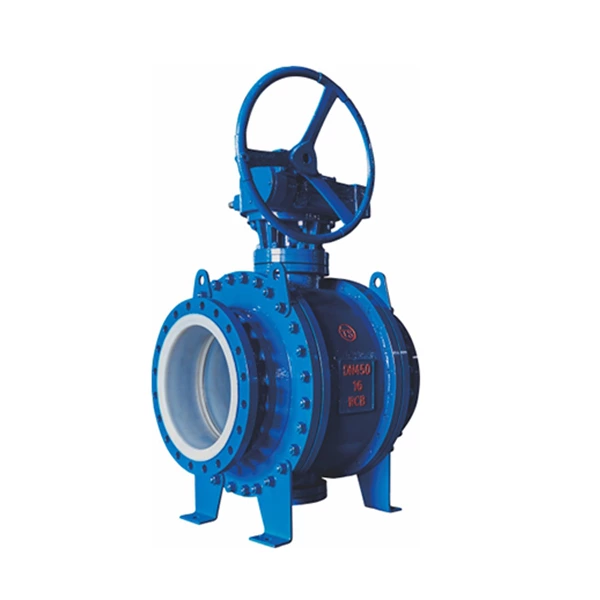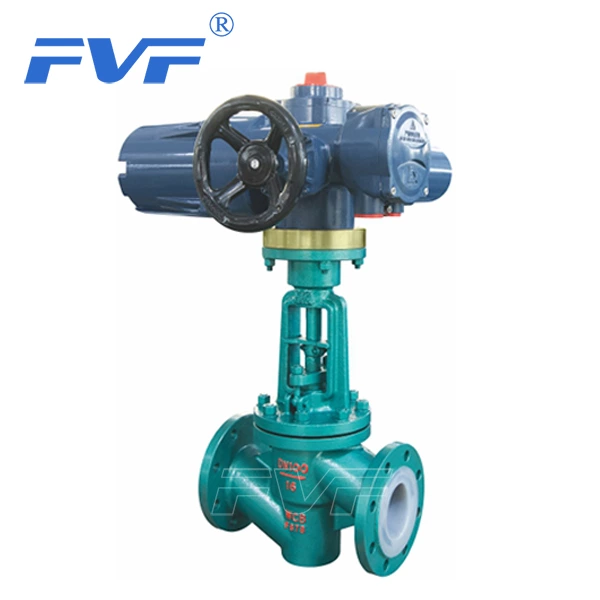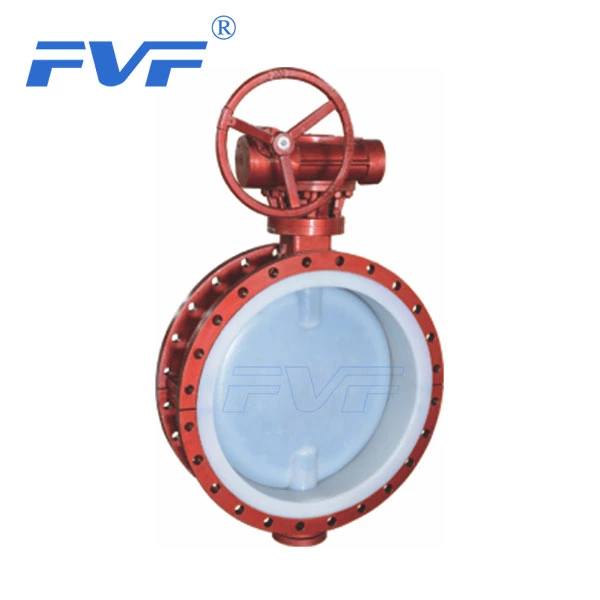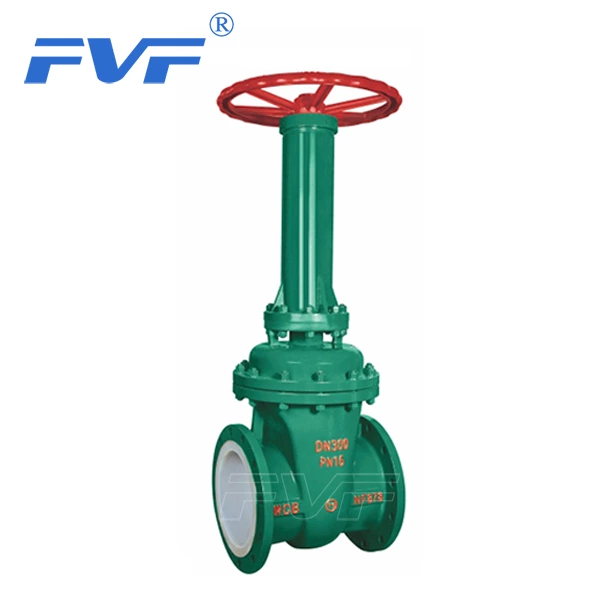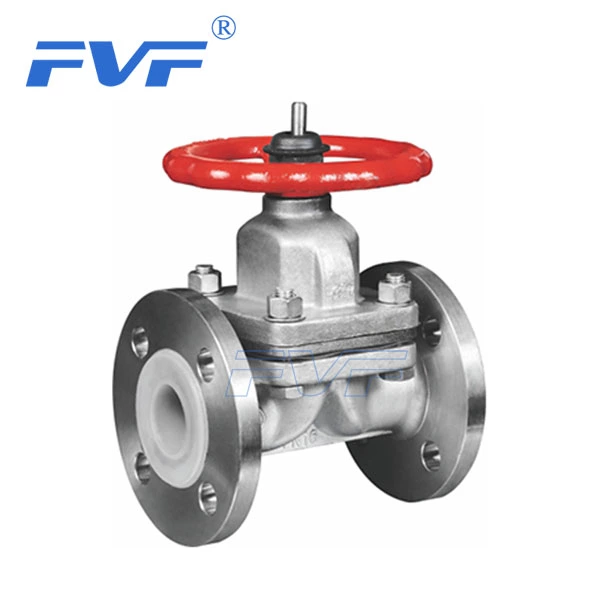Fluorine-lined Ball Valve Application Site And Temperature And Pressure Range
Lined Ball Valve Use site and temperature and pressure range
1. Use site of fluorine-lined ball valve
Fluorine-lined plastic anti-corrosion valves have been widely used in devices that are exposed to strong corrosive media such as acids and alkalis in the petroleum, chemical, pharmaceutical, metallurgical, and electric power industries. However, how to select and use fluorine-lined plastic valves well? Based on the experience of our users in field applications over the years, we should conduct on-site investigations on several use conditions such as medium temperature, pressure, and pressure difference when selecting fluorine-lined plastic anti-corrosion valves.
2. Use temperature and pressure of fluorine-lined ball valves
1. Medium temperature used by the fluorine-lined valve: All types of fluorine-lined plastic valves of our company use fluorine plastic F46 (FEP), and the medium temperature used cannot exceed 150℃ (the medium temperature can reach 150℃ for a short time, and the long-term use temperature should be controlled within 120℃). Otherwise, the F46 lining of each component of the valve is easy to soften and deform, resulting in the valve not being able to close tightly and large leakage.
If the medium temperature is below 180℃ for a short time and below 150℃ for a long time, another fluoroplastic-PFA can be selected, but the PFA fluoroplastic is more expensive than the F46 lining.
2. Do not have negative pressure. Fluoroplastic-lined valves should avoid negative pressure in the pipeline. If there is negative pressure, it is easy to cause the fluoroplastic lining layer in the inner cavity of the valve to be sucked out (bulged) and peeled off, resulting in failure of the valve to open or close.
3. Pressure and pressure difference should be controlled within the allowable range. Especially for bellows-sealed fluoroplastic-lined regulating valves and stop valves. Because the bellows is made of PTFE material, the pressure and pressure difference are large, which can easily cause the bellows to rupture. For bellows-sealed fluoroplastic-lined regulating valves, if the pressure and pressure difference are large under the use conditions, they can be replaced with PTFE packing seals.
